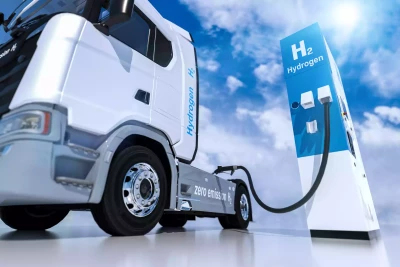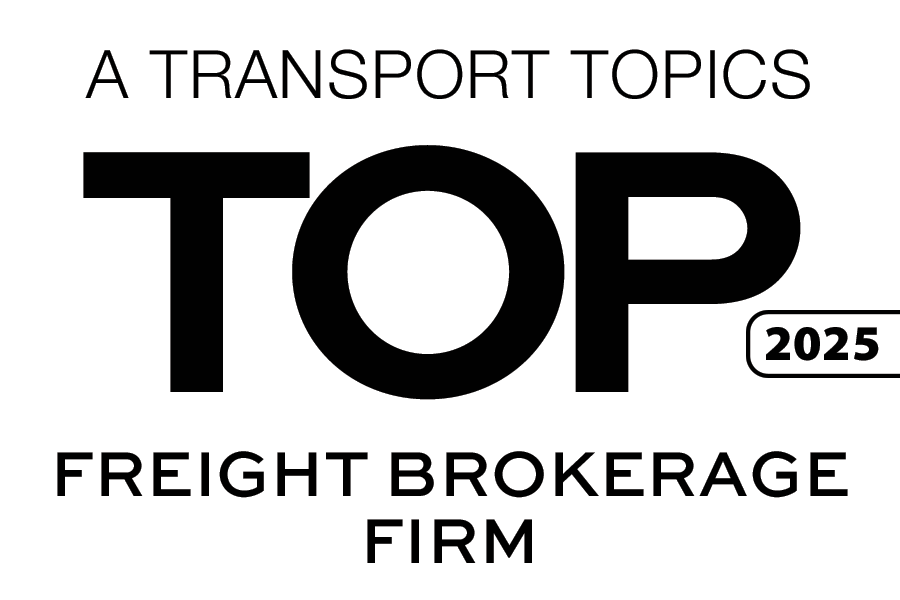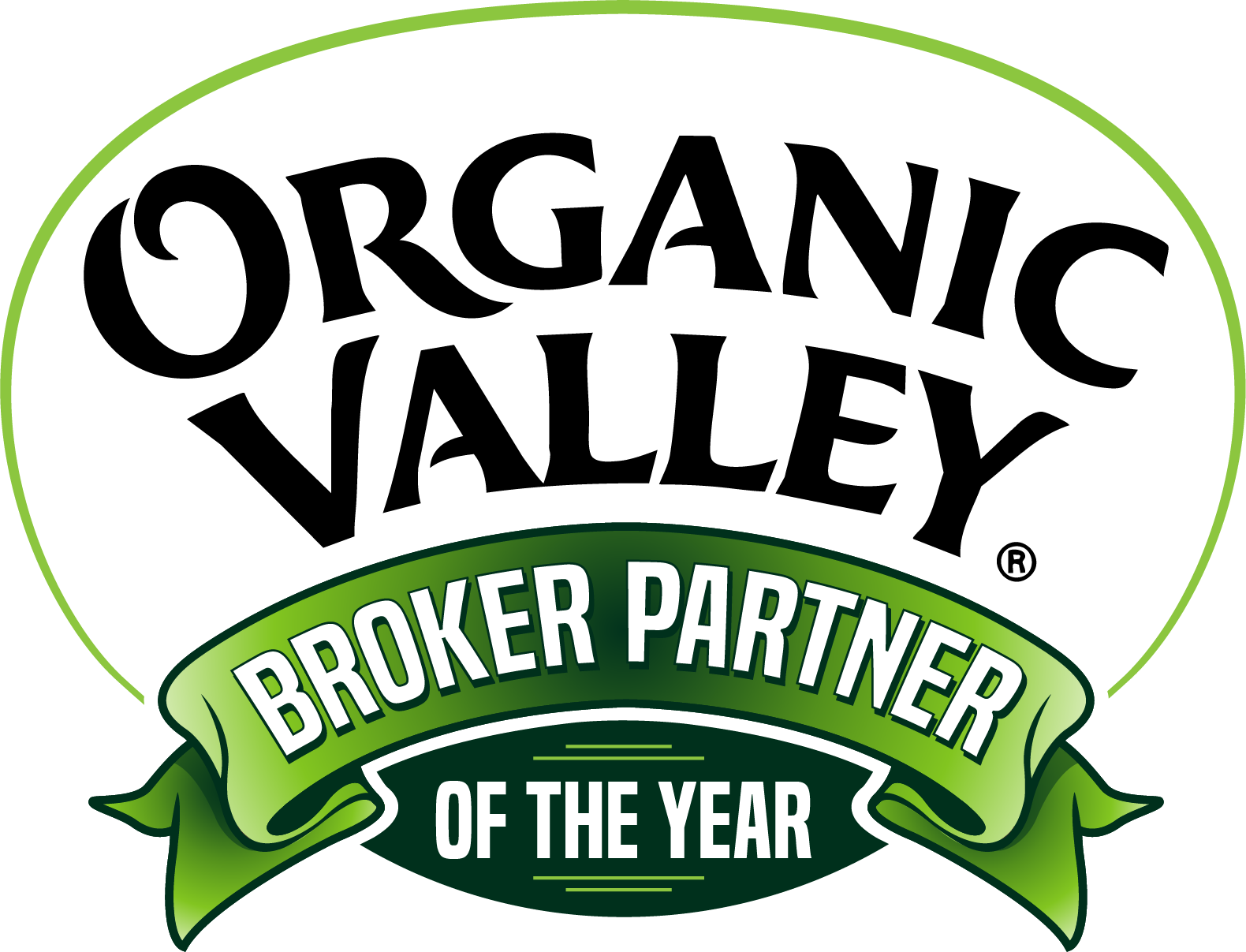Alternative Fuels: Balancing Innovation with Infrastructure
April 8, 2025
 The transportation industry is feeling the heat to embrace innovation. With growing public and regulatory pressure to reduce emissions and adopt sustainable practices, fleets are increasingly looking toward electric vehicles (EVs), battery-powered trucks, and autonomous technology as the way forward. But the question remains: are we actually ready?
The transportation industry is feeling the heat to embrace innovation. With growing public and regulatory pressure to reduce emissions and adopt sustainable practices, fleets are increasingly looking toward electric vehicles (EVs), battery-powered trucks, and autonomous technology as the way forward. But the question remains: are we actually ready?
The promise of electric trucks is compelling—zero emissions, quieter operations, and a cleaner carbon footprint. However, when you look at the challenges surrounding widespread adoption, the logistical and infrastructural hurdles are hard to ignore.
Battery-powered trucks come with significant trade-offs. To accommodate battery weight and capacity, many fleets would have to reduce their loads by thousands of pounds, potentially down to 24,000 lbs. or less. That’s a major hit to efficiency, especially when current diesel trucks are capable of carrying much more without those constraints.
Then there’s the issue of charging. A diesel truck can be fueled and ready to go after a 10-hour reset. In contrast, fully charging a battery-powered rig—especially one with multiple batteries—could take more than 26 hours. In a high-demand industry where time is money, that downtime is a serious setback.
Will infrastructure adapt to meet the growing demand for sustainability? For more on this important topic, watch the latest episode of the Stay In Your Lane Podcast.
Beyond day-to-day operations, there’s the larger challenge of manufacturing. Creating the infrastructure and equipment needed for an all-electric fleet requires an enormous amount of raw materials. In fact, it’s been estimated that it would take seven years of global mining output just to gather the resources needed to support a full transition to electric trucks.
That’s not just a supply chain issue—it’s a reality check. As much as we value innovation and environmental stewardship, it’s crucial to weigh what’s realistically achievable today versus what might be possible in the future.
 Electric isn’t the only game in town. There are other promising fuel options that may offer a more practical path to greener freight. Hydrogen-powered vehicles are gaining interest, with several DIY and commercial conversions showing impressive results. Natural gas is another compelling alternative, offering a faster conversion process and requiring less infrastructure overhaul than electric. For local delivery fleets operating within a limited radius, EVs might make sense today. But for long-haul freight, especially in rural or infrastructure-poor areas, alternative fuels like hydrogen and natural gas may present a more scalable and cost-effective solution.
Electric isn’t the only game in town. There are other promising fuel options that may offer a more practical path to greener freight. Hydrogen-powered vehicles are gaining interest, with several DIY and commercial conversions showing impressive results. Natural gas is another compelling alternative, offering a faster conversion process and requiring less infrastructure overhaul than electric. For local delivery fleets operating within a limited radius, EVs might make sense today. But for long-haul freight, especially in rural or infrastructure-poor areas, alternative fuels like hydrogen and natural gas may present a more scalable and cost-effective solution.
There’s no doubt that the trucking industry must evolve—but it has to be a thoughtful evolution. Innovation is vital, but so is ensuring that the infrastructure, economics, and logistics align with operational realities. The path to a cleaner, more efficient future isn’t a one-size-fits-all scenario. Diesel isn’t going away overnight. As technologies develop and new options emerge, the industry must remain open-minded, practical, and data-driven in deciding what works best—both for business and for the planet.
At Triple T Transport, we recognize that the shift toward sustainability is a journey, not a quick fix. We remain committed to supporting environmentally responsible practices, while understanding the importance of realistic, scalable change. Our goal is to help our partners navigate this evolving landscape with clarity and confidence—balancing operational efficiency with a long-term commitment to a greener future.














